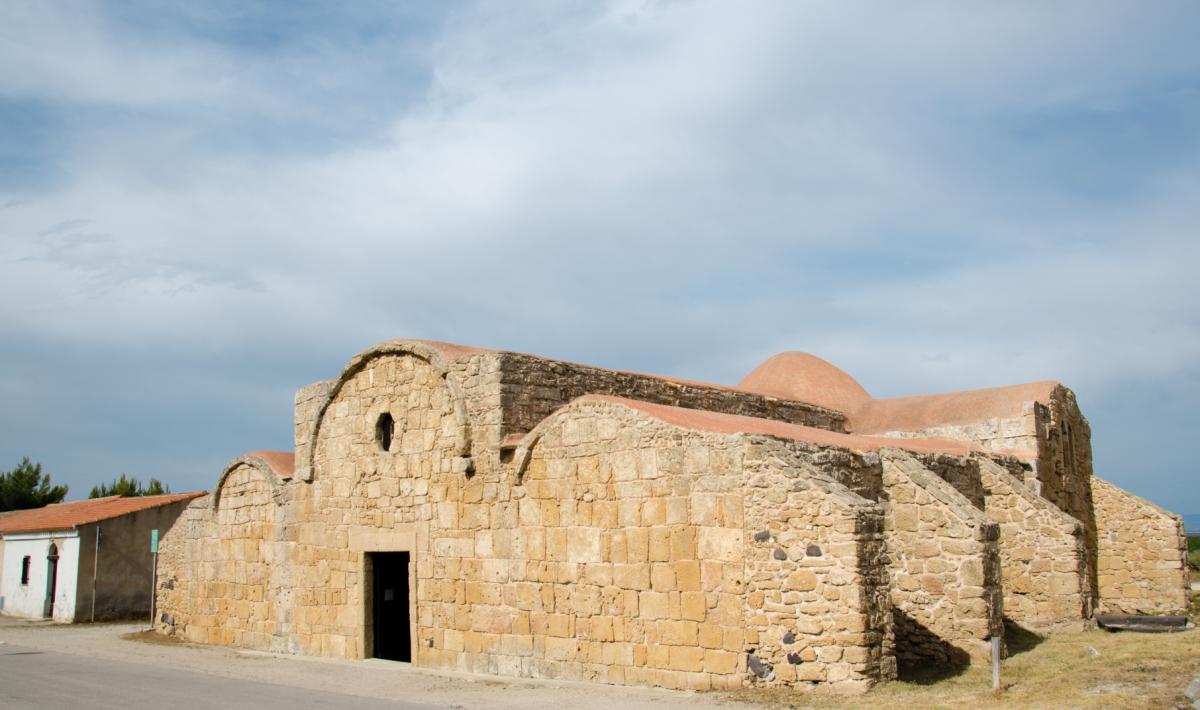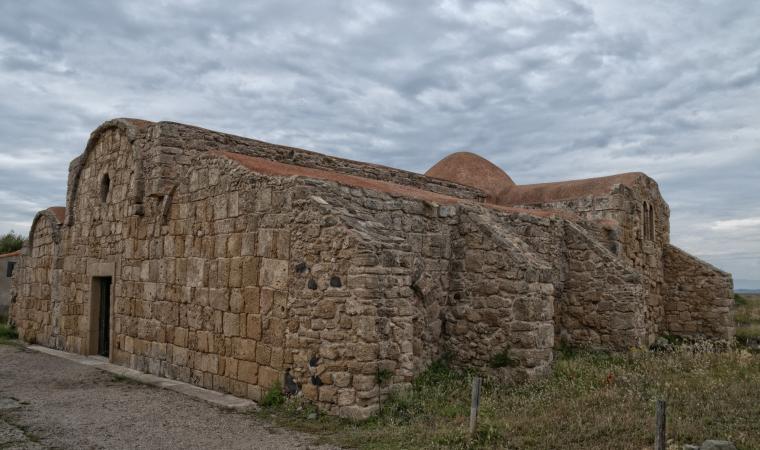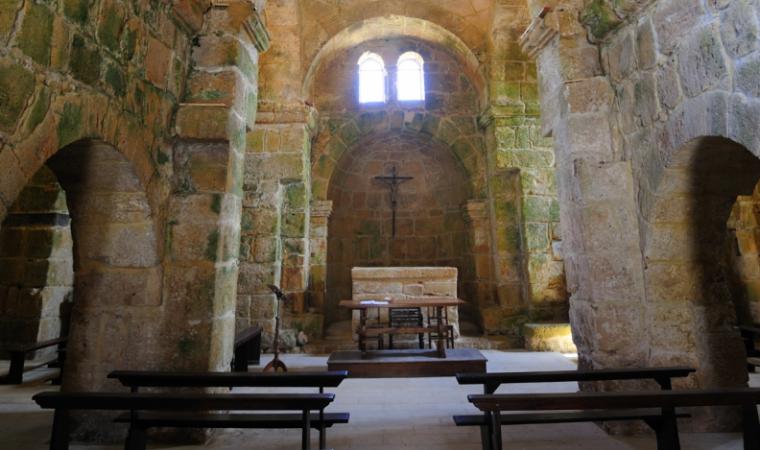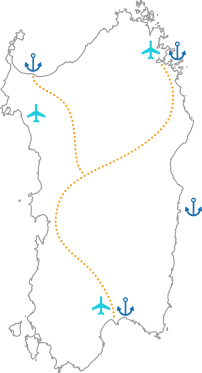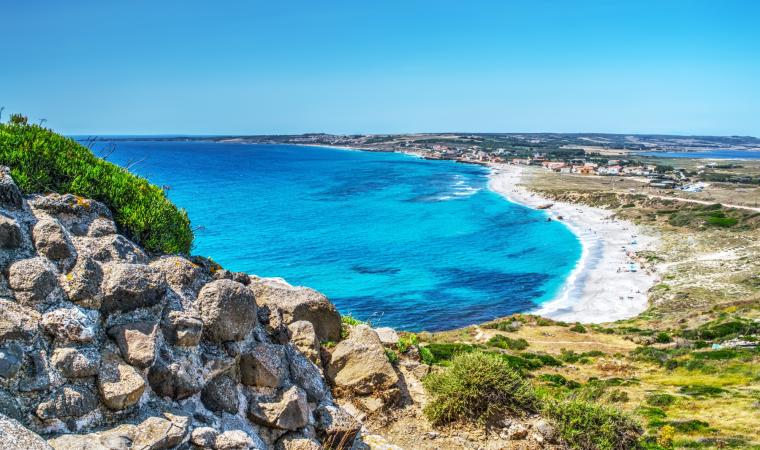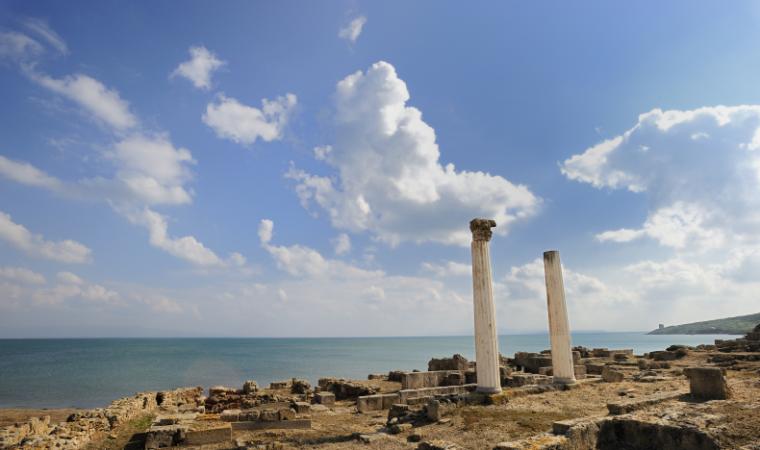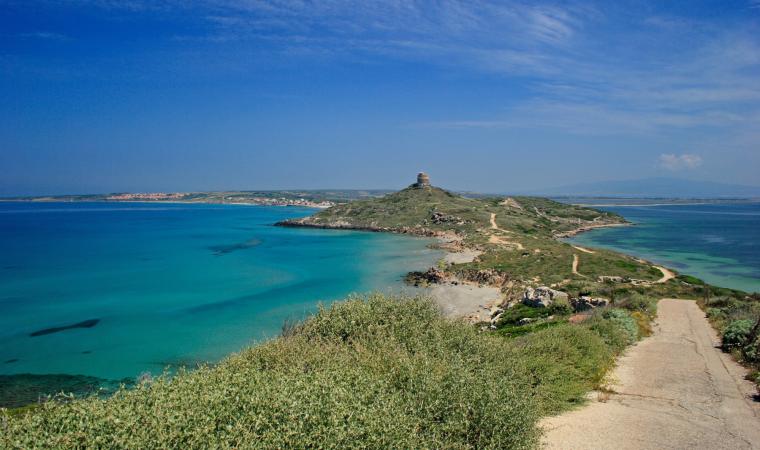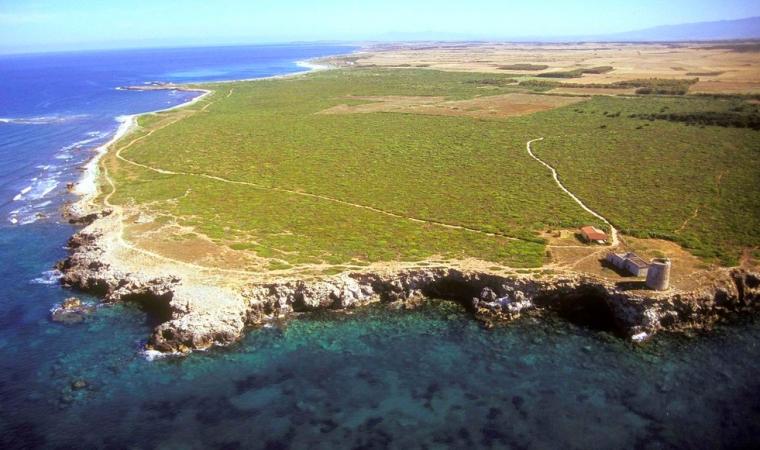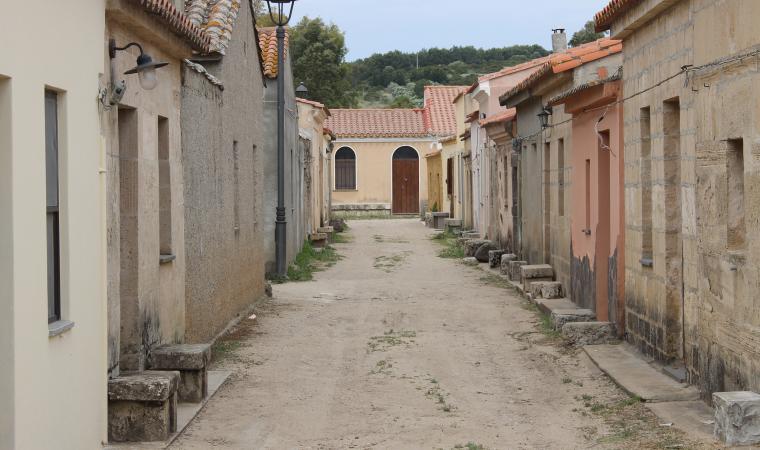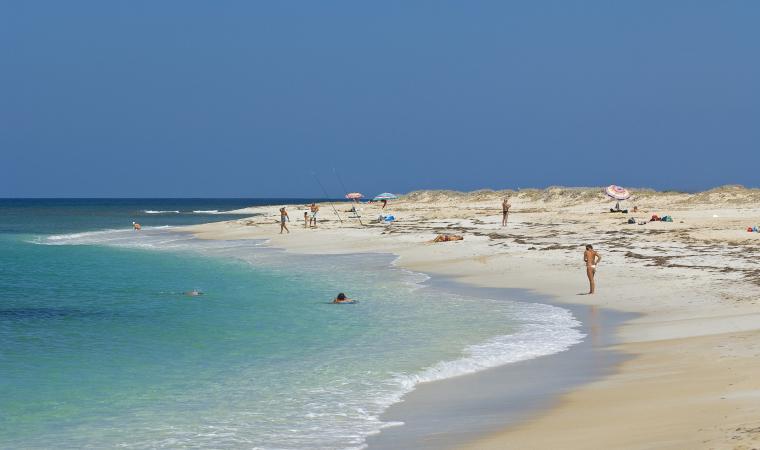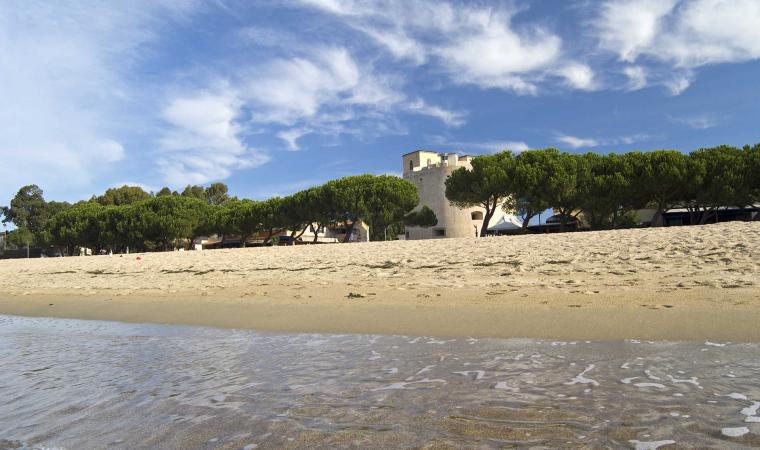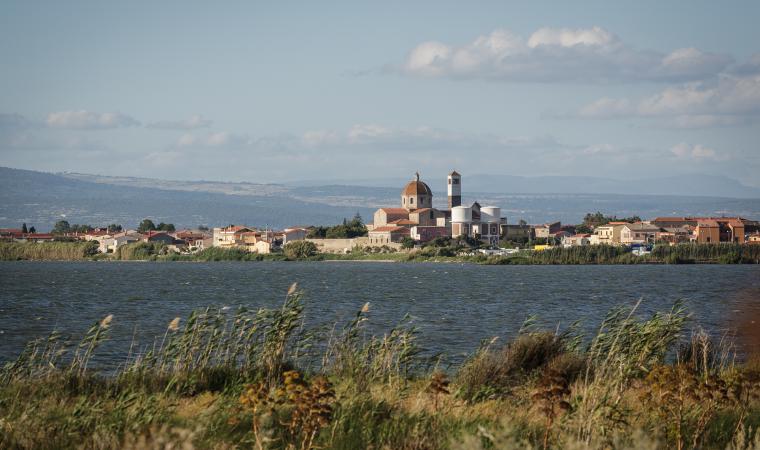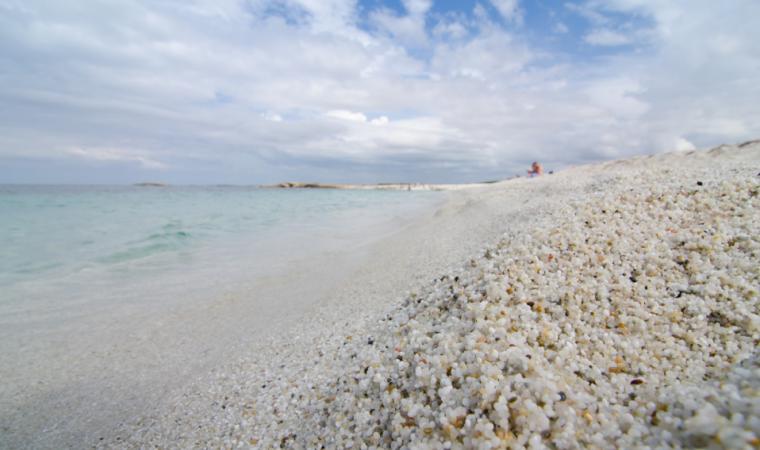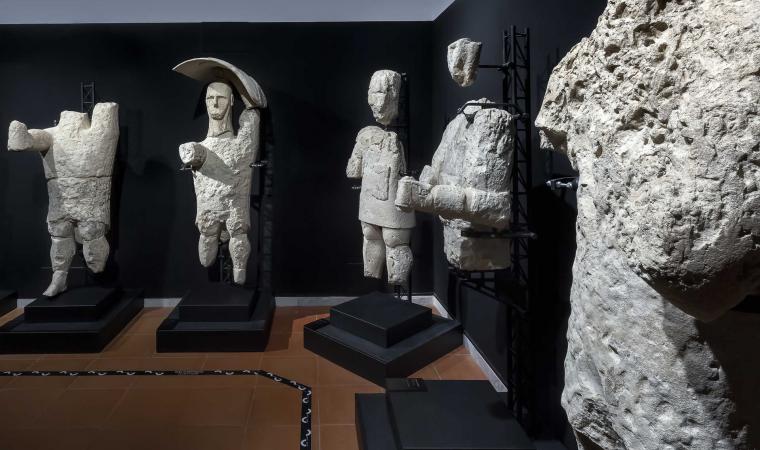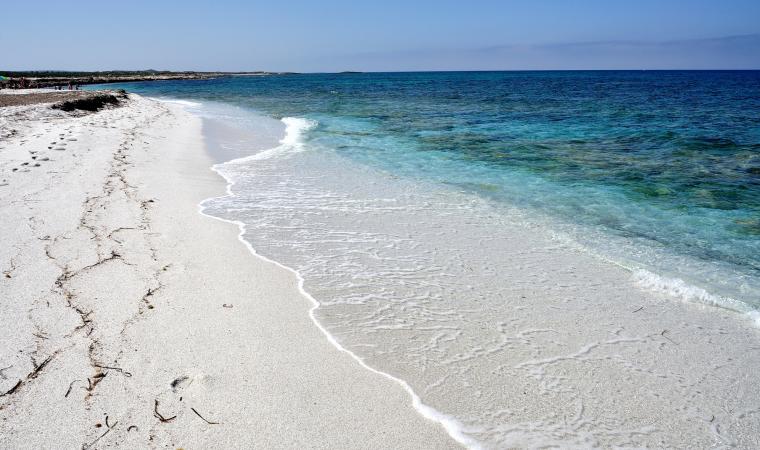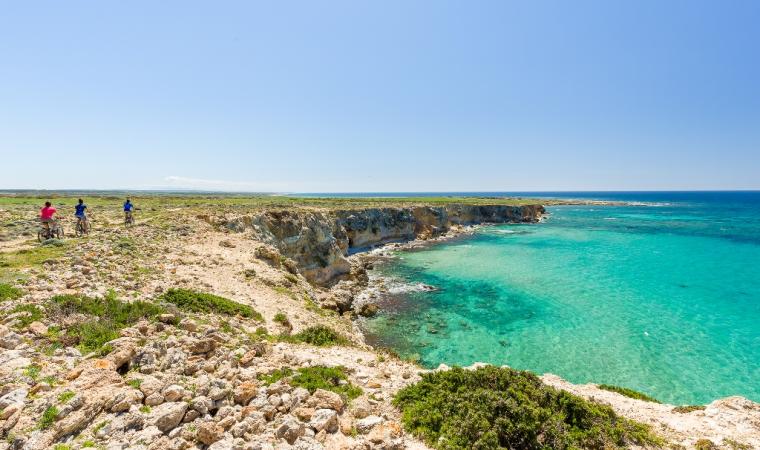On the Phoenician routes, set between the pond of Cabras and the spectacular Capo San Marco, enhanced by the ruins of the ancient town of Tharros, there is a little village, where life seems to go on as it did in times gone by. Still today, you will notice the typical little fishermens' houses made of wood and cane, examples of which can be found a short walk from the archaeological excavations. The distinctive village of San Giovanni di Sinis contains a historical and architectural gem of inestimable value, where the air is filled with spiritual peacefulness. It is the small early Christian church of San Giovanni, sculpted with unusual shapes. It was first built in the Byzantine period, in the middle of the 6th century. The little rural church stands on a small cemetery of pagan origin: its features are those of a Punic and then Christian necropolis. Facing the sun at sunrise, even now it has an aura of austere sanctity that it once transmitted to the devoted worshippers and that echoes in the figure of San Giovanni Battista, to whom it is dedicated. It has a rectangular layout with a protruding apse. Its structure is made of blocks of spolia sandstone that bring to mind the walls of Tharros, first a Phoenician-Punic colony, then a Roman one.

